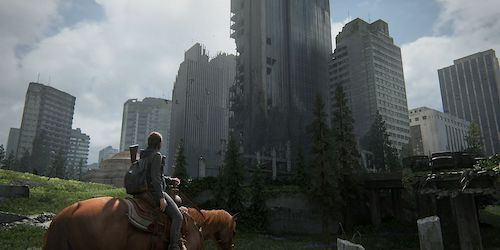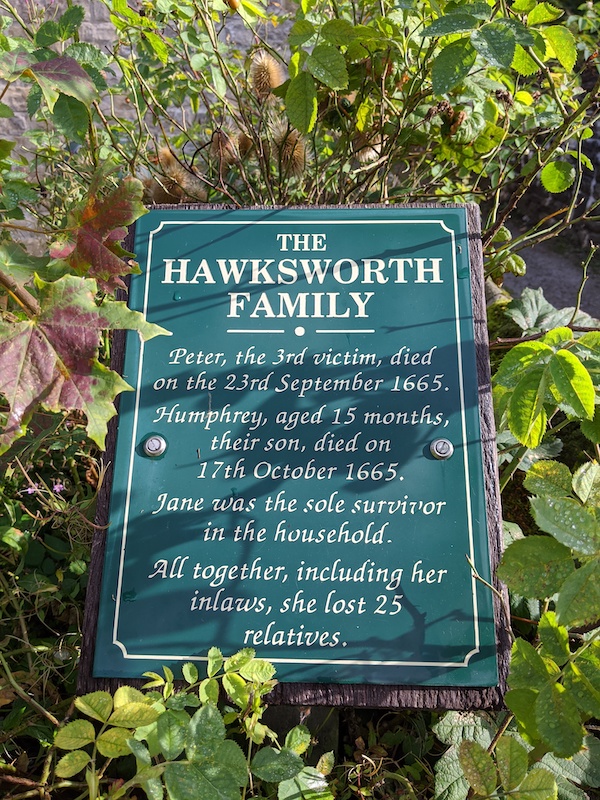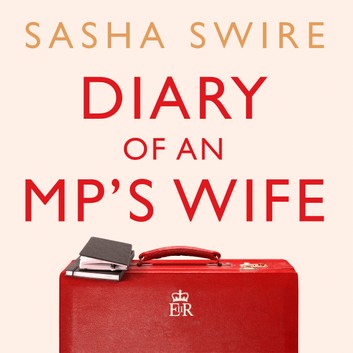I have very few vices, but one of them is a love of political diaries and insider accounts. Part of it is the gossip, but there’s also a fascination in seeing glimpses of how the world really works. Sometimes these glimpses have changed my views: Alastair Campbell’s diaries gave me a more sympathetic view of New Labour; and Tim Shipman’s description of Corbyn’s behaviour during the Brexit campaign made me consider him less favourably than my friends do.
Swire’s book is an odd one, starting with its disingenuous introduction. Here, Swire claims that she showed the book to a literary agent “out of curiosity, and somewhat foolishly” and was “swept up into a publishing tornado“. She makes it sound accidental. Even more fascinating, the agent in question was Boris Johnson’s sister’s sister-in-law – small world.
I’m amazed that this book was published. It is vicious and open in its portrayal of the upper classes and their casual privilege. These are simply not very nice people, who use their money as a license to act badly. As the New Statesman memorably put it, “like a chili pepper inserted into a racehorse’s anus, this book is guaranteed to get your class war dander up”.
It’s Christopher Moran buying a cheap lease on Crosby Hall and throwing out the “old biddies“ living there before transforming it into a £25 million thirty-bedroom mansion. It’s Hugh, the MP husband, joking that a buyer in an auction must be on benefits to be bidding £60,000. It’s the resentful way the Swires deal with problems at Port Eliot festival, where they hired a teepee, “at huge expense” (I think I was there that same year and got flooded out in my own cheap tent). It’s mocking Pauline Prescott as “fragrant”, and sneering at her taste. It’s Prime Minister Cameron, involved in discussion about which female MPs are “beddable”. It’s Daily Mail heir Johanthan Rothermere and his wife taking delight in switching the ownership of a mansion to his wife to protect his “sort of non Dom” status. There are so many more such moments.
As an aside, I particularly liked one particular mention of the Rothermeres:
Despite its grand scale, [The Rothermere house] is as discreet as a military base on an Ordnance Survey map; land was purchased all around it to protect their privacy. Ironic, I know. Only one hill remains out of their possession and is clearly quite an irritation to them.
There are more differences between the rich and regular people, other than just the money. There is a episode where Swire is involved in preparations for a royal visit. Her daughter transcribes the security officer’s discussions, playing at being a spy. This notebook is then left behind at a pizza restaurant. Swire tells this as a funny story, rather than an appalling breach of security. But people like this don’t deal with consequences. To be fair, it is funny that the security officers were openly discussing the arrangements in front of someone who was writing it all down. But breaches of security like this would be a disciplinary offence for most people. It must be good to be so safe from consequences.
The book is readable, apart from the occasional bits of purple prose. My main criticism, obviously, was that there were some good sections on hiking, and these should have been given more space. I suspect that’s just me.
The book leaves me wondering, what was Swire thinking? The Guardian’s review sums it up: ”If you needed proof that Britain has been misruled by the unserious, entitled, snobbish, incestuous and curiously childish then the acerbic Lady Swire, unwittingly or not, has provided it.”
Swire at one point laments that “The electorate want gods above them and are disappointed to find humans who turn out to be just as fallible as themselves”. Most of the people I know are decent and kind and generous, and Swire has given a portrait of people who are more fallible than anyone I know.
Swire, again: “It’s enough to repulse the ordinary man, already angered by the continuing hold of the British class system”. People are angry a lot these days – just look at what Twitter became. Aimless anger suits the sort of people described by Swire, who benefit undeservedly from the class system. Far more important is actually doing something about it.














